NEWS & ARTICLES
THE LATEST IN WEB, SOFTWARE, AND DESIGN
SDLC Models: Waterfall Model Vs. Agile Methodology
Software Development Lifecycles
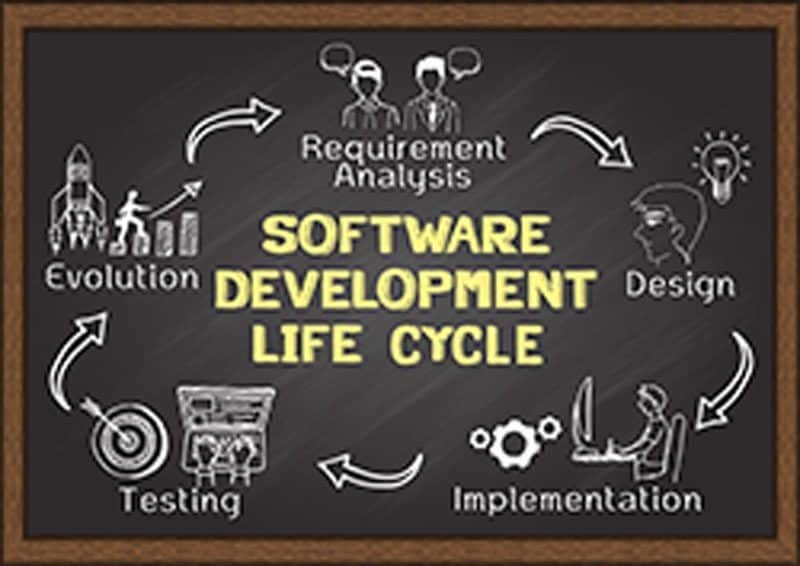
The software development lifecycle (or SDLC) is the foundation for software creation. From identifying the initial need for custom software to conceptualizing the framework, into the software development process, through the final stages of production and deployment, developers use several models to guide them through the lifecycle process.
Within all models of the SDLC there are six critical phases of production
- Planning
- Defining
- Designing
- Building
- Testing
- Deployment
However, numerous models can be utilized within the SDLC process and each has a unique approach and method. The purpose of each model is to construct cost-effective, quality software with a short production time while forecasting and avoiding potential challenges in development and production.
The two most common models are the traditional waterfall model and the modern, agile methodology. Both consider the six phases of production uniquely. Your software development company should be using a systematic consultation process for each custom software project (identifying the benefits and drawbacks of each methodology) and recommending the most effective SDLC model for your project.
Understanding Traditional Models: The Waterfall Model
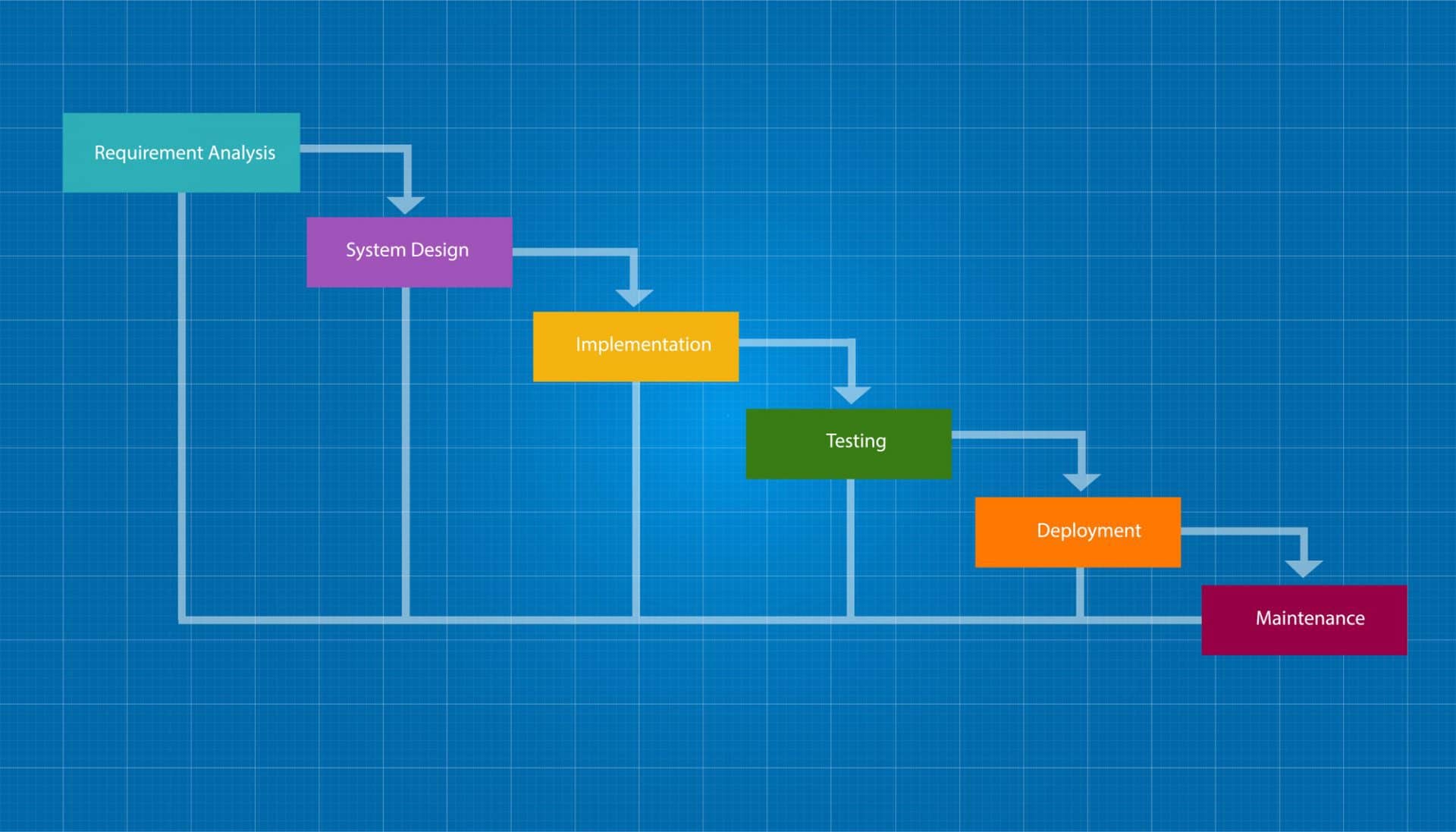
First introduced in 1979 by Dr. Winston W. Royce, a software development pioneer, computer scientist, and Director at Lockheed Software Technology Center in Austin, Texas, the waterfall model emphasizes a logical progression of steps to be taken throughout the software development lifecycle. Much like water cascading down a series of steep drops in a stream, the waterfall model travels in a linear direction, with each phase of the process dropping down into the next. The waterfall model’s straightforward technique follows the six phases with precision—you cannot begin the next phase until the previous step has been completed.
The Steps Under the Waterfall Model
- Requirements Gathering and Analysis: This phase is the backbone of the waterfall method. During this phase, you draft product requirement documents that will serve as the base for the entire project. Here you must specify the product’s function, purposes, features, and budget. Your software development team uses these specifications to build and test the software later. This phase is crucial for the rest of the project to have a clear purpose. The software specifications must be fleshed out to meet exact business needs.
- Design: Once the product requirements document is established, the design phase begins. The waterfall model design phase further defines the required project data, user flows, interfaces, and modules. The design of your software will display functions that have been defined in the requirements. A user flow may be created to help visualize the workflow and tasks. A wireframe is created to help visualize what will be built. The wireframe depicts the functionality and workflow but is not yet a high-fidelity visualization of the final user interface.
- Implementation: This is the creation phase. The project developers begin coding according to the system requirements given in the previous steps. Program requirements may ask that the developers use specific programming languages or data types. The actual structure of the program is built in pieces, with each piece individually tested.
- Integration and Testing: Once the framework of your software is created, each portion of the program is tested and then integrated together to guarantee that the parts work together without fault.
- System Release: When all testing finishes, the customer reviews and interacts with the final product.
- Maintenance: Post-release patches are created and released to fix any unknown issues to improve the product after the initial release.
Flaws in the Waterfall Model
Although the waterfall method is specifically streamlined, the process has certain disadvantages which can result in project delay or potential failure. With the linear structure of the SDLC methodology, another phase cannot begin until the previous phase is complete. Once one step ends, you cannot redevelop a process without restarting the entire project. If this happens, a host of complications may result.
Complications may include
- No actual software is created until the end of the process.
- With no tangible progress shown until the end, there is a high level of risk that the finished product might be missing some specifications.
- If the end result does not precisely align with the product requirement specifications, costly redevelopment may be needed.
- There is no room for change once a project has begun.
- Integration is done just before release, which does not allow the identification of any business challenges early on.
With the waterfall model—the implementation only succeeds if the risk level of a project is low. A waterfall workflow pattern can work if there are no concerns that the project will change.
In contrast to the principles of the waterfall model, the modern agile methodology allows for ample flexibility. Agile methodology is like a water wheel in a river that keeps flowing faster, producing more energy with the progression of time, whereas; the waterfall model is a slow stream flowing in progression.
What is Agile Methodology?
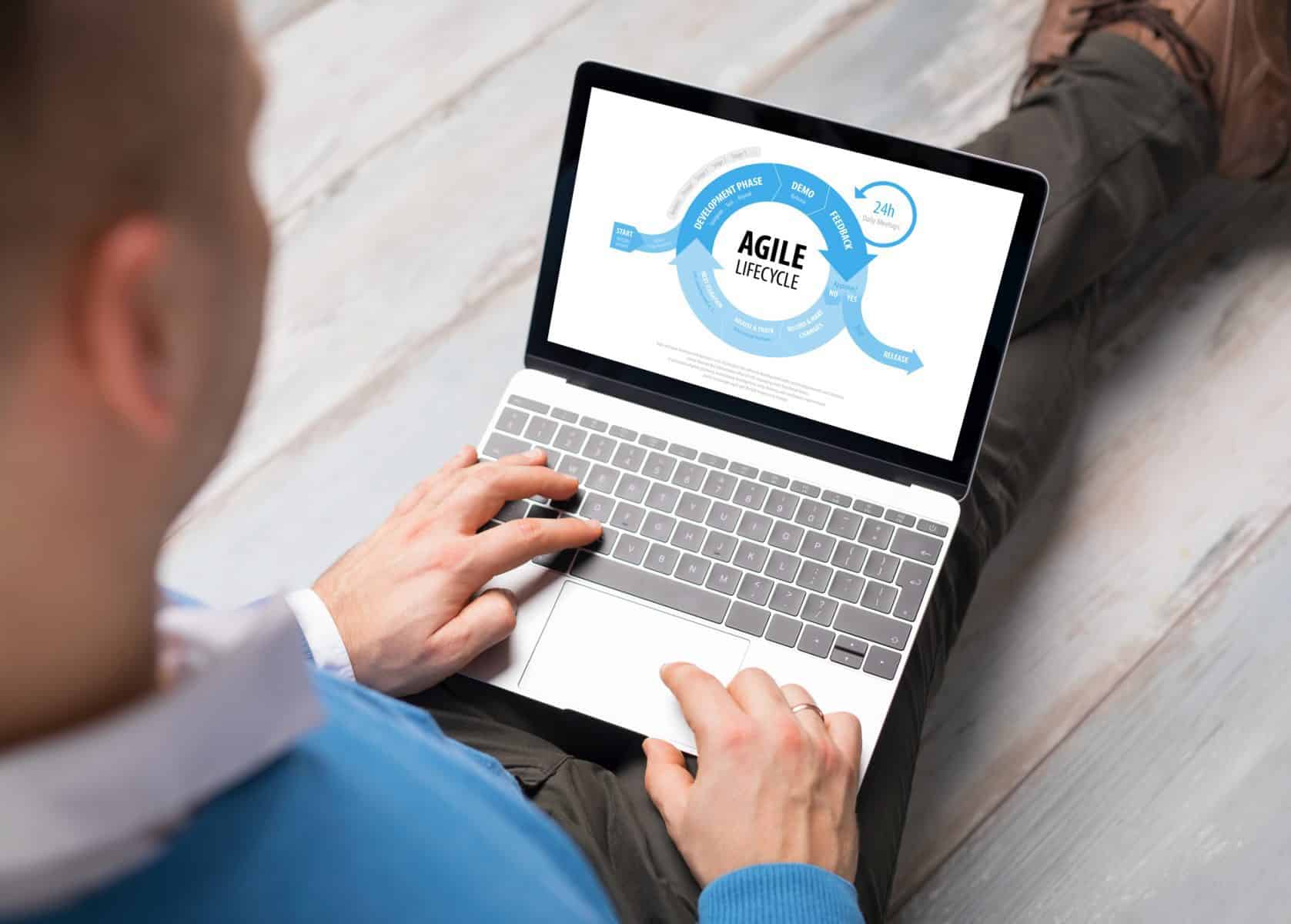
Agile methodology is another model to implement the SDLC process. Agile is about constant, concise production. It is an interactive, and iterative team-based approach to development.
Agile methodology began with a simple philosophy, valuing individuals and interactions over processes and tools, working software over comprehensive documentation, customer collaboration over contract negotiation, and responding to change over an inflexible process. The SDLC with agile methodology does not strictly adhere to blueprint development and rigorous research analysis. The methodology encompasses building functional software that can evolve as developers work and interact with the client.
Agile Methodology Process
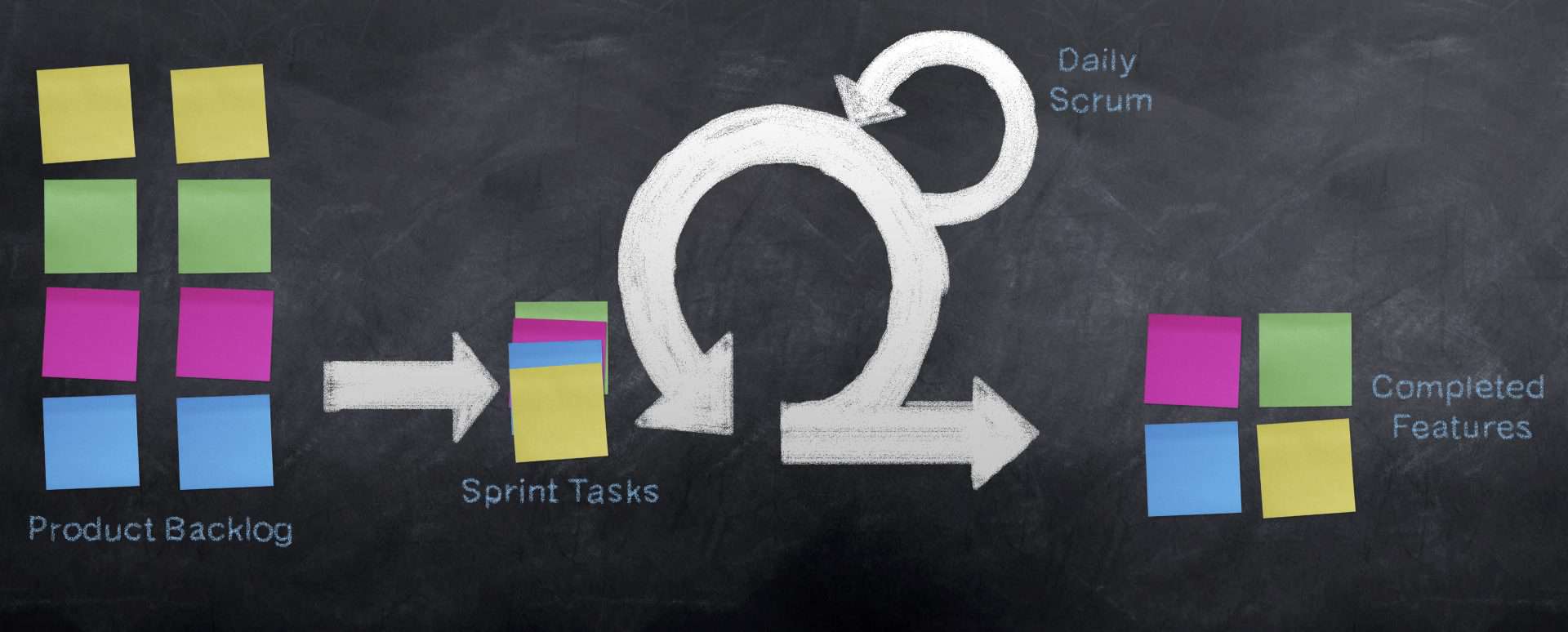
The agile methodology has a framework that relies on flexible principles and structures to develop software. The most common structure of the agile method is called “scrum.” The term, scrum, was established within the world of rugby. A scrum is the act of players packing together to gain possession of the ball. Scrum is defined “as a team of people working closely together towards one goal.”
Scrum follows this process
- The client and/or product owner works with a team and a software team leader, called a Scrum Master to create a prioritized list of features for the software. This list is called the product backlog.
- The team, under the guidance of their Scrum Master, reviews the product backlog and breaks down the features into smaller chunks that they can be built within a two to four-week process, called a “sprint.”
- During the sprint, the team has a daily meeting referred to as a daily scrum.
- Daily scrum meetings track the progress of the sprint.
- At the end of the sprint, all work completed should be shippable with the most prioritized features available.
- The sprint ends with a review and a retrospective to find the successes and failures of the sprint. Anything not finished in this sprint will be placed at the top of the product backlog to be finished first during the next sprint.
- This process is repeated until every feature is completed.
- Larger features may be broken down and created over more than one sprint
The Scrum method is based on a system of priority. The highest priority items will be available in a short amount of time so that feedback and changes can be made sooner in the process.
Scrum was created to follow agile methodology, which means, the frameworks are not necessarily agile themselves. A framework is only agile if it follows the principles put in place by agile methodology.
The Downsides of Scrum Agile Methodology
Scrum agile methodology supports brief production timelines and continuous collaboration with the client; however, the agile model is not always an ideal solution.
- It may be difficult to assess exact costs or time needed.
- If a customer does not have a specified result, a project can continually go off track with constant changes.
- You cannot adequately track the effort or number of people a project may take until the project is well underway.
- A Scrum Master must organize the project correctly, or the budget can be exhausted before the most prominent features are put into place.
Scrum Agile Methodology VS. the Waterfall Model
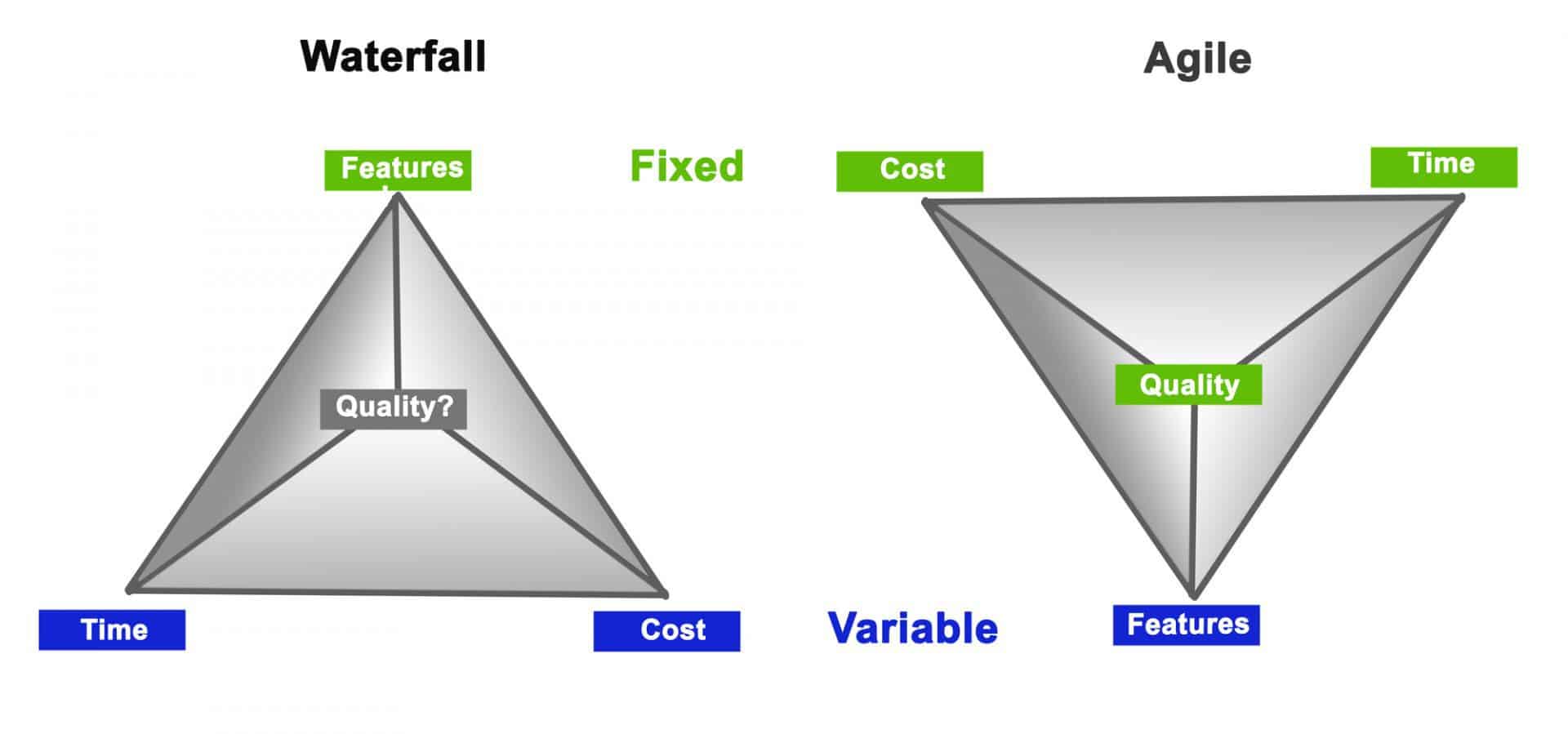
When researching custom software solutions or any commercial-off-the-shelf software integration, how should you choose between these two methods? Ultimately it depends on the scope of your project.
Is the risk of the project changing low? Is the scope of the project known in advance? Do you prefer to have substantial involvement in the development and progression of the project? Will the scope of your project change over time? These will be fundamental questions used to distinguish which software development lifecycle methodology is best for your company’s needs.
Need Guidance? Give us a call! The software developers at Drift2 Web Solutions will happily talk with you to answer questions in order to determine which solution is best for your business.






